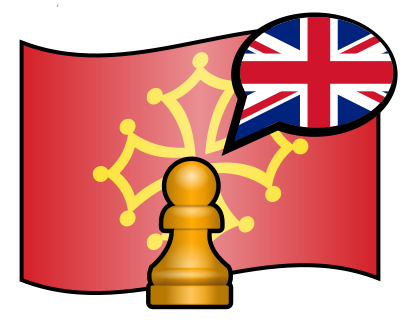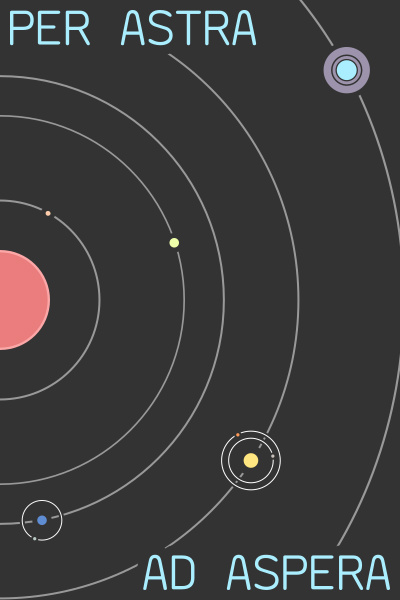1
2
3
4
5
6
7
8
9
10
11
12
13
14
15
16
17
18
19
20
21
22
23
24
25
26
27
28
29
30
31
32
33
34
35
36
37
38
39
40
41
42
43
44
45
46
47
48
49
50
51
52
53
54
55
56
57
58
59
60
61
62
63
64
65
66
67
68
69
70
71
72
73
74
75
76
77
78
79
|
\subsection{Magical Elements}
\label{magical-elements}
\unimplemented{}
\draft{}
\begin{figure}
\begin{center}
\begin{tikzpicture}[node distance=6em]
\tikzstyle{primary} = [draw,rectangle];
\tikzstyle{secondary} = [draw,diamond];
\tikzstyle{opposite} = [densely dotted,latex reversed-latex reversed,thin];
\tikzstyle{component} = [->];
\node[primary] (WIND) {Wind};
\node[secondary,below right of = WIND] (SNOW) {Snow};
\node[primary,below right of = SNOW] (WATER) {Water};
\node[secondary,below left of = WATER] (PLANT) {Plant};
\node[primary,below left of = PLANT] (EARTH) {Earth};
\node[secondary,above left of = EARTH] (METAL) {Metal};
\node[primary,above left of = METAL] (FIRE) {Fire};
\node[secondary,above right of = FIRE] (LIGHTNING) {Lightning};
\draw[component] (WIND) -- (LIGHTNING);
\draw[component] (WIND) -- (SNOW);
\draw[component] (WATER) -- (SNOW);
\draw[component] (WATER) -- (PLANT);
\draw[component] (EARTH) -- (PLANT);
\draw[component] (EARTH) -- (METAL);
\draw[component] (FIRE) -- (METAL);
\draw[component] (FIRE) -- (LIGHTNING);
\draw[opposite] (FIRE) -- (WATER);
\draw[opposite] (WIND) -- (EARTH);
\end{tikzpicture}
\end{center}
\caption{Magical Elements Wheel}
\label{magical-elements-wheel}
\end{figure}
Attacks may have an associated magical element. This element would be one
of four primaries: \textit{Wind}, \textit{Water}, \textit{Earth}, or
\textit{Fire}. A status infliction chance, defended against with some other
attribute, is then rolled to see if the effect occurs. If not, nothing special
happens. Otherwise:
\begin{itemize}
\item
If the target has no current element afflictions, it is afflicted with a
level 1 status for that element.
\item
If the target already has an affliction for that element, this affliction
increases in level. Cooldown for that element is reset.
\item
If the target has an affliction for the element facing the one used in the
attack according to Figure~\ref{magical-elements-wheel} (e.g.~\textit{Wind}
and \textit{Earth}), the existing affliction's level is lowered and no new
affliction is added.
\item
If the target has an affliction of another element, not only does it gain
a level of affliction for the attack's element, but it also gains an
affliction corresponding to the element between the two primary elements
shown in Figure~\ref{magical-elements-wheel} (e.g.~\textit{Wind} plus
\textit{Water} also adds \textit{Snow}).
\end{itemize}
\begin{itemize}
\item
Afflictions for composite elements do not have cooldowns: they disappear as
soon as at least one of the primaries generating it is removed.
\item
The level of the affliction for a composite element is the maximum between
the current levels of the afflictions that generate it.
\item
Having an affliction reach level 0 removes it.
\item
The mechanics described above prevent having more than three elemental
afflictions (two primaries and their composite).
\end{itemize}
|


